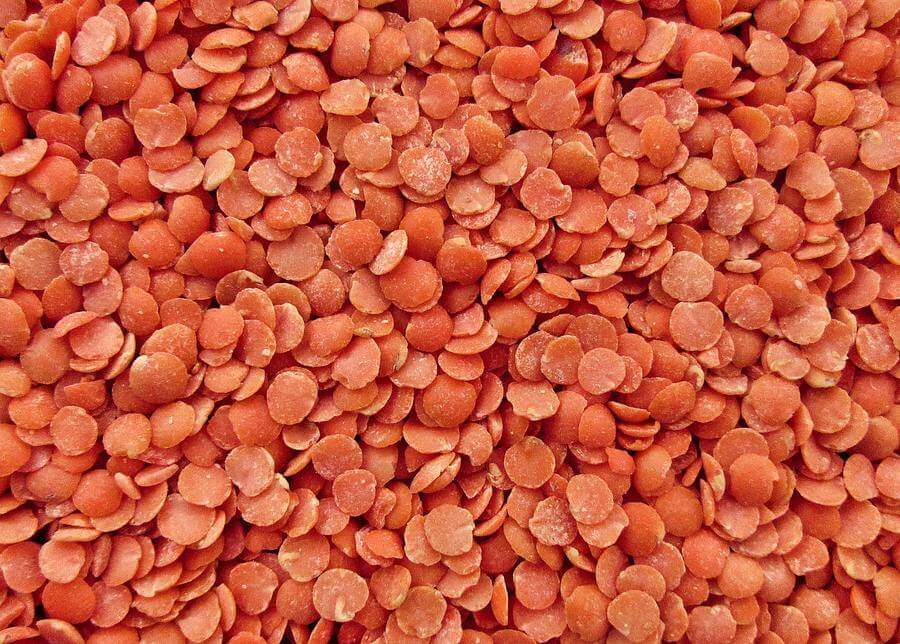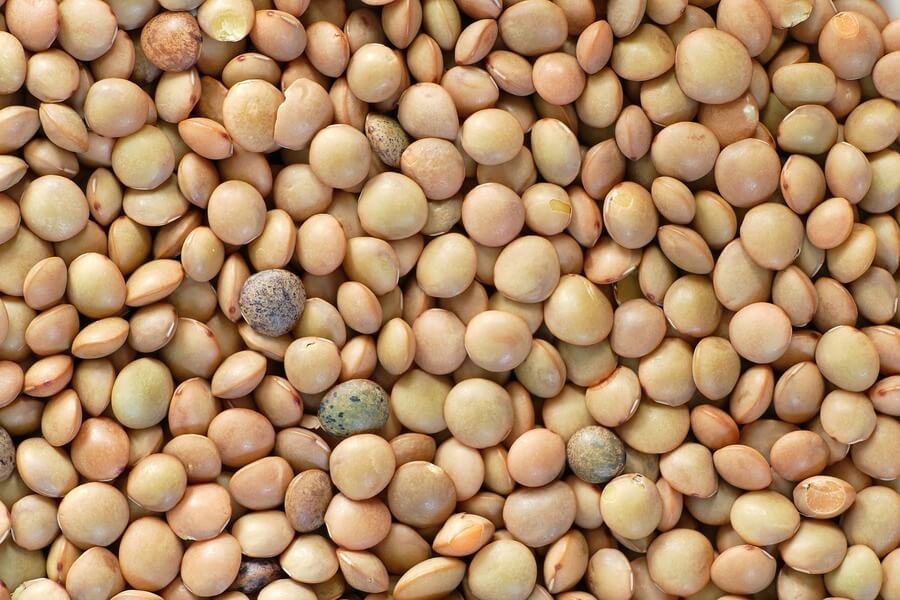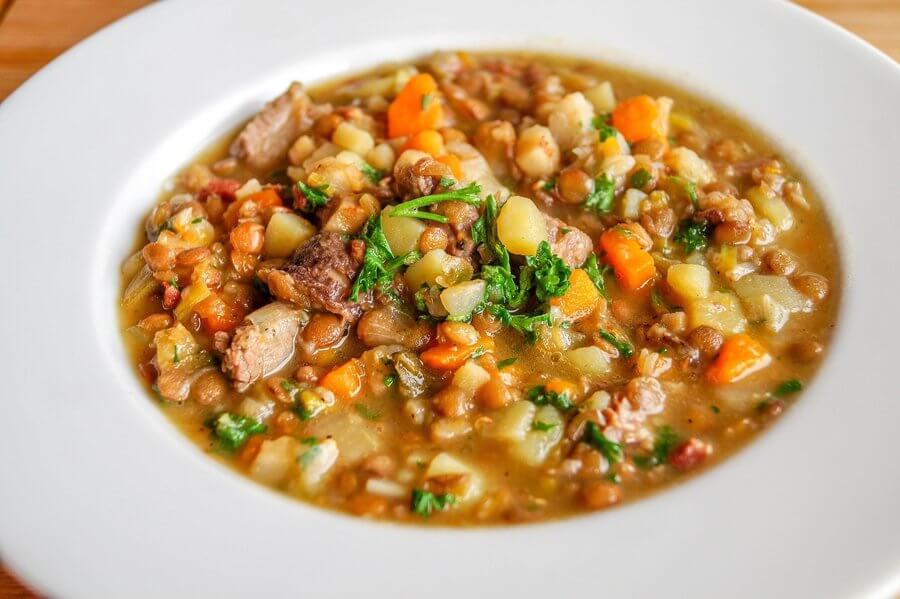How to Cook Lentils
Understanding Spices
Your cart is empty.
SUBTOTAL
£0.00

Understanding Spices
We are willing to bet that you have a bag of lentils hiding in the back of your cupboard right now! They are just that kind of thing – you buy some intending to cook up a delicious dish but realise you have no idea how to use them. Not to worry! This guide will help you understand more about this fantastic ingredient and how to use it.
Lentils are legumes, a plant family which includes beans and peas. One of the earliest domesticated crops, lentils have been used in cooking for thousands of years and are thought to originate from the Near East or Mediterranean area. Today, most lentils are produced in Canada, Turkey and India. The name comes from the Latin word ‘lens’, which also describes the lens-like shape of the legume. Lentils are commonly used in Indian cuisine, where they are known as dal or dahl.
Lentils grow in pods that contain one or two seeds. After harvesting, the seeds are dried and then sold either whole or split into halves, depending on the variety. But whichever variety you buy, these small legumes pack a punch when it comes to flavour and health benefits. Plus, they are very affordable!

Lentils come in an assortment of colours, shapes and sizes. These differences make them versatile when it comes to different dishes and recipes.
These are the types of lentil you will most commonly see in supermarkets. They have a mild, earthy flavour and the colour can range from khaki brown to dark black. Brown lentils hold their shape well, although not as much as other varieties. Nevertheless, they are great in soups, curries or as a replacement for meat in burgers and loafs.
These are like brown lentils, with a more robust and peppery flavour. They range in size, and their colour can vary from pale or spotted green to a green/grey colour with hints of blue and black. They are slightly flatter in shape compared to other varieties but hold their shape well after cooking. Use them in salads, pilafs or on their own as a side dish.
This variety of lentil ranges in colour from yellow to orange and red. They are the only type of lentil that is sold as ‘split’, which makes them soft when cooked. They are great as a thickener for soups and stews, and you can also use them in hummus. Red and yellow lentils have a mildly sweet and nutty flavour and are commonly used in Indian and Middle Eastern cuisine.
This variety is small, black and shiny, and looks quite similar to caviar. Black lentils hold their shape well and are great additions to protein and vegetable dishes. They have quite a soft texture and a rich, earthy flavour.
Puy lentils take their name from the region in central France where they are grown: Le Puy. They have a dark blue/grey colour and a strong, peppery flavour. Puy lentils maintain their shape well, making them great for salads and soups.


Why not try spicing up your lentils with these spice related recipes. Lentil recipes are a great way to help you eat and follow a healthy diet. keep your digestive system in a tip top condition.
Indian Lentils with Ginger and Coconut Milk
Here is a rough idea on how long you should cook each variety of lentil:
In general, the longer you cook lentils the softer and mushier they’ll be. While this is perfectly fine for a stew or curry, if you’re planning to use lentils in a salad or side dish, keep an eye on them as you might want to take them out a little earlier.
Understanding Spices
Spices have long been integral to the UK's culinary landscape, adding depth, flavours, and richness to a myriad of dishes. From the pungent aroma of cumin in Indian curries to...
Read MoreUnderstanding Spices
Confetti is an essential part of any wedding day. Not only is it a wonderful way to greet a newlywed couple, but it also provides some beautiful photo opportunities. The...
Read MoreSeasonal Ideas
It’s no secret that any handmade gift will always be more special than a store-bought one. Homemade food gifts are especially wonderful, a labour of love that shows someone you...
Read MoreHealth and Wellbeing
It’s no secret that winter’s cold and gloomy weather makes us crave indulgent dishes like fondue and baked goods like sticky toffee pudding and apple crumble. While Christmas is the...
Read More